‘We need to work together to survive’: Icelandic start-ups are inventing new ways to tackle climate breakdown
What began as a dozen companies in 2012 has now grown to more than 70 members and associates connected to the Iceland Ocean Cluster, writes Hannah Hall

The electric red and green glow of the production facility resembles the Icelandic aurora borealis. Algae in their growth stage flow through hundreds of glass tubes that travel from floor to ceiling, all part of a multistep process yielding nutrients for health supplements. Soon, all parts of each alga will be used.
The facility, operated by Icelandic manufacturer Algalif, is a space of inspiration for Julie Encausse, a 34-year-old bioplastic entrepreneur. During a July summer storm, Svavar Halldorsson, an Algalif executive, was guiding her through a tour of the company’s newest facility on the Reykjanes Peninsula.
By the end of 2023, this new facility aims to triple its production. After Algalif dries the microalgae and extracts oleoresin, a third of this output then goes toward health supplements. Algalif has traditionally used the rest as a fertiliser. Now Encausse, founder and chief executive of the bioplastic start-up Marea, hopes to use that leftover biomass to create a microalgae spray that can reduce the world’s reliance on plastic packaging.
Her newest partnership with Algalif is part of a start-up network in Iceland that focuses on inventive and creative technologies to address the climate and sustainability crisis. The Sjavarklasinn (“Iceland Ocean Cluster”) network includes environmental entrepreneurs working across several industries.
Thor Sigfusson founded the network in 2012 after conducting research on how partnerships between companies in Iceland’s technology sector helped expand that industry. At the time, he found that the fishing industry was not experiencing the same collaboration or growth.
“Even though companies were in the same building together, fishing from the same quotas and facing similar challenges, they were closed off,” says Alexandra Leeper, the Iceland Ocean Cluster’s head of research and innovation.
Three cod hanging on the wall of the second-floor entryway are the first thing to greet any visitor to the Iceland Ocean Cluster. Lightbulbs shine from their centres, and the dried scales filter the light to fill the space with an amber glow. The precise design is one that underlines the group’s belief that using 100 per cent of a fish or natural resource can give rise to innovative technologies.
Straddling the Mid-Atlantic Ridge, Iceland experiences dramatic seasons in an ever-changing geologic theatre. Glaciers sit atop active volcano zones – the island exists in the extremes. This also means that Icelanders face daily indicators of climate change, such as increased glacial runoff.
These visible impacts have given a heightened urgency to tackling environmental problems, fueling partnerships like the one between Encausse and Halldorsson.
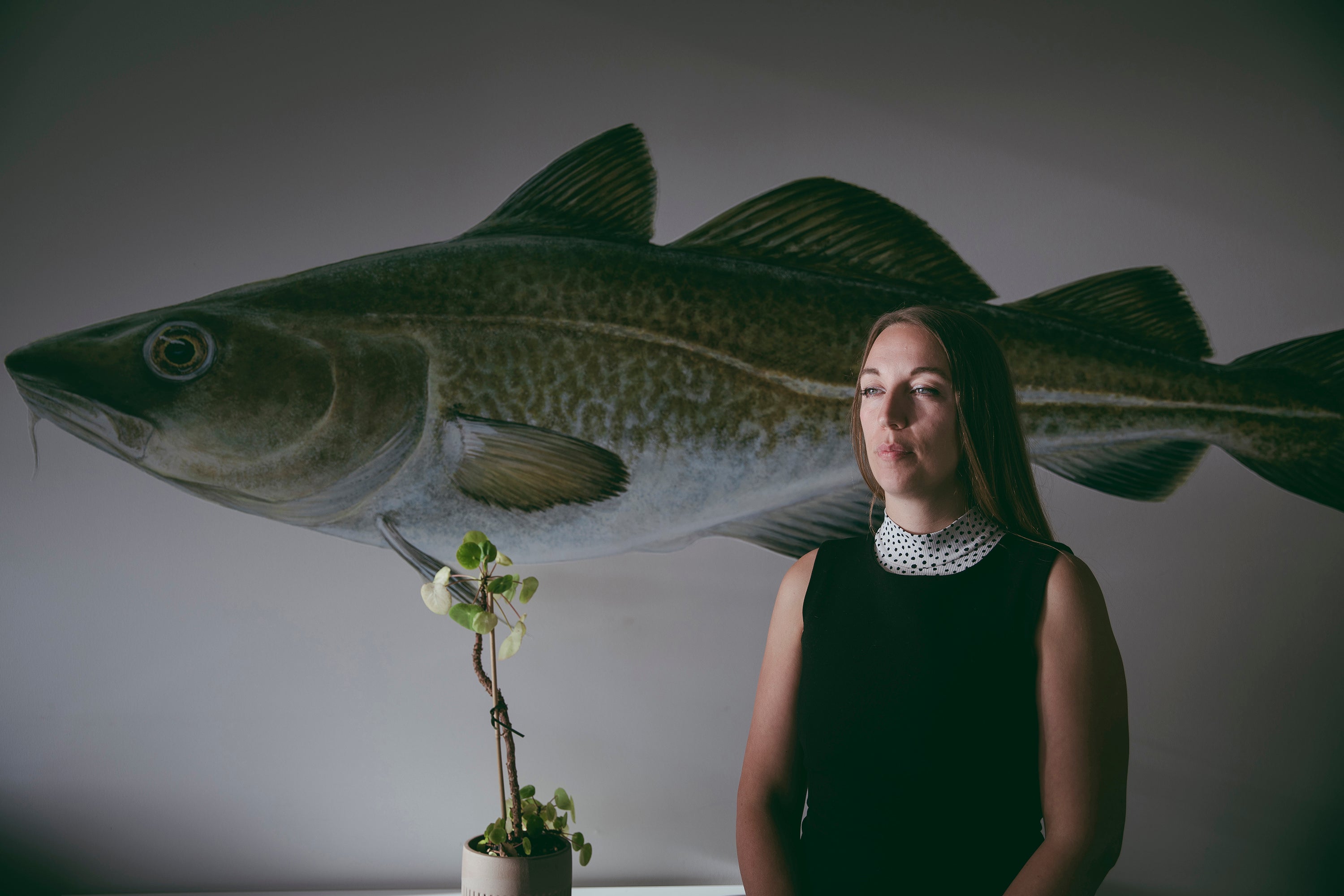
“It will all work out in the end,” Encausse says to a rain-drenched Algalif employee in passing as she and Halldorsson discuss the facility’s building timeline. In Icelandic, this is a common phrase – þetta reddast – that people use to assure one another.
Encausse and Marea co-founder Edda Bjork Bolladottir have partnered with the cluster for 2.5 years. Encausse says that involvement was core to their company’s inception.
“There is a collaborative mind-set when being on an island,” she says. “We need to work together to survive, and this was passed from generation to generation.”
In a country about the size of Kentucky, the people of Iceland have had to learn how to guard their resources. Encausse has discovered that often means using 100 per cent of any material – a lesson she’s now implementing in her work with Algalif. She created a food coating from Algalif’s leftover biomass, a product she’s named Iceborea – in a nod to the aurora borealis.
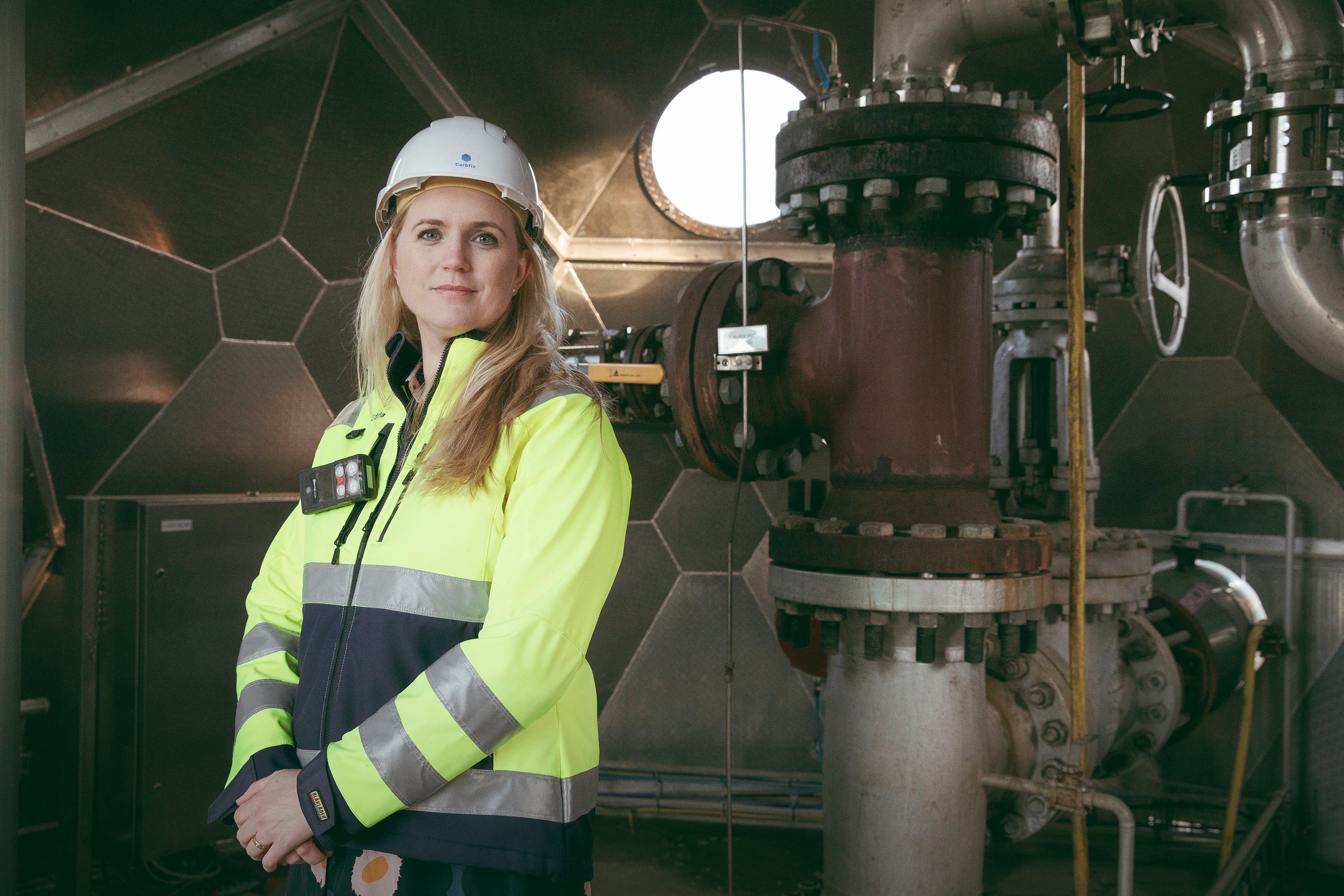
“We are repurposing it and making something with value that gives it another life to avoid using more plastic,” Encausse says. Once Algalif’s factory expands over the next year, it will have 66 tons of microalgae leftovers that Encausse’s company can tap each year.
When sprayed onto fresh produce, Iceborea becomes a natural thin film and a semipermeable barrier that can protect against microorganisms. Iceborea can either be eaten with produce or washed off, reducing the need for plastic packaging.
Reusing factory byproducts is an entrepreneurial trend in Iceland.
Take Edda Aradottir. She is the chief executive of Carbfix, a company capturing CO2 byproduct from the largest geothermal plant in Iceland, Hellisheidi, and injecting it into stone to be buried underground.
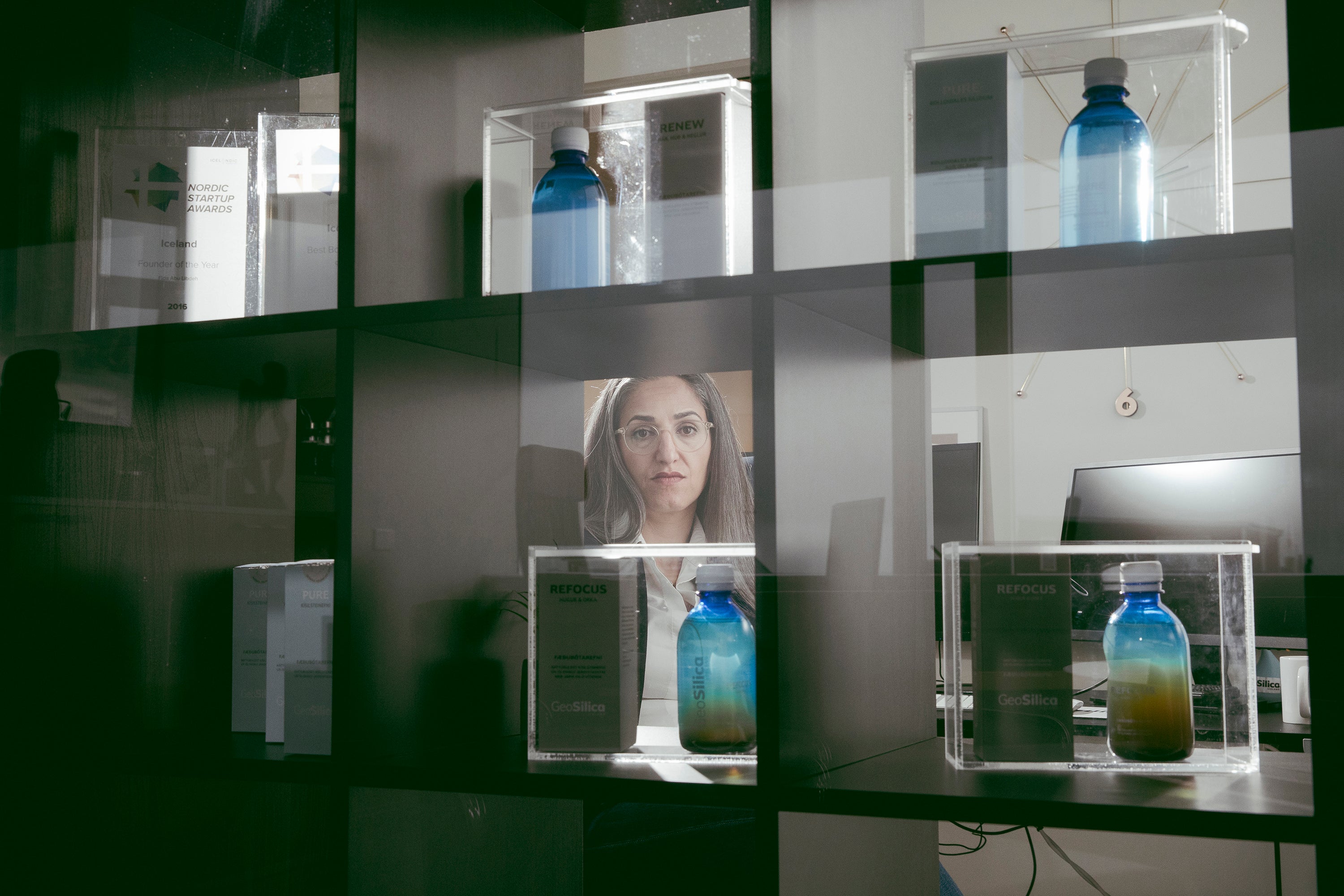
Carbfix’s successful trials have marked a global milestone for carbon sequestration. It also has received international recognition – and Aradottir’s leadership has already served as a model for growing start-ups and other founders in the cluster trying to tackle extensive environmental concerns.
“It’s inspiring to see that perseverance pays off,” Encausse says about Aradottir’s work.
Another Icelandic company, GeoSilica, harvests silica buildup from the Hellisheidi waste stream to make health supplements. GeoSilica reaches the Icelandic and European markets, and its chief executive, Fida Abu Libdeh, is also working with the Philippines to pilot her silica-removal technology to create similar sustainable factory processes.
A Palestinian from Jerusalem, Abu Libdeh moved to Iceland in 1995 at age 16, a transition she described as difficult because of the language barrier and the country’s small immigrant population. In 2012, she graduated from the University of Iceland after studying sustainable energy engineering and researching the health benefits of silica. That same year, she and Burkni Palsson co-founded GeoSilica.
Ever since moving to Iceland, she was impressed with how the country produced electricity through geothermal sources.
“I knew I was going to do something in connection with that in the future,” she says.
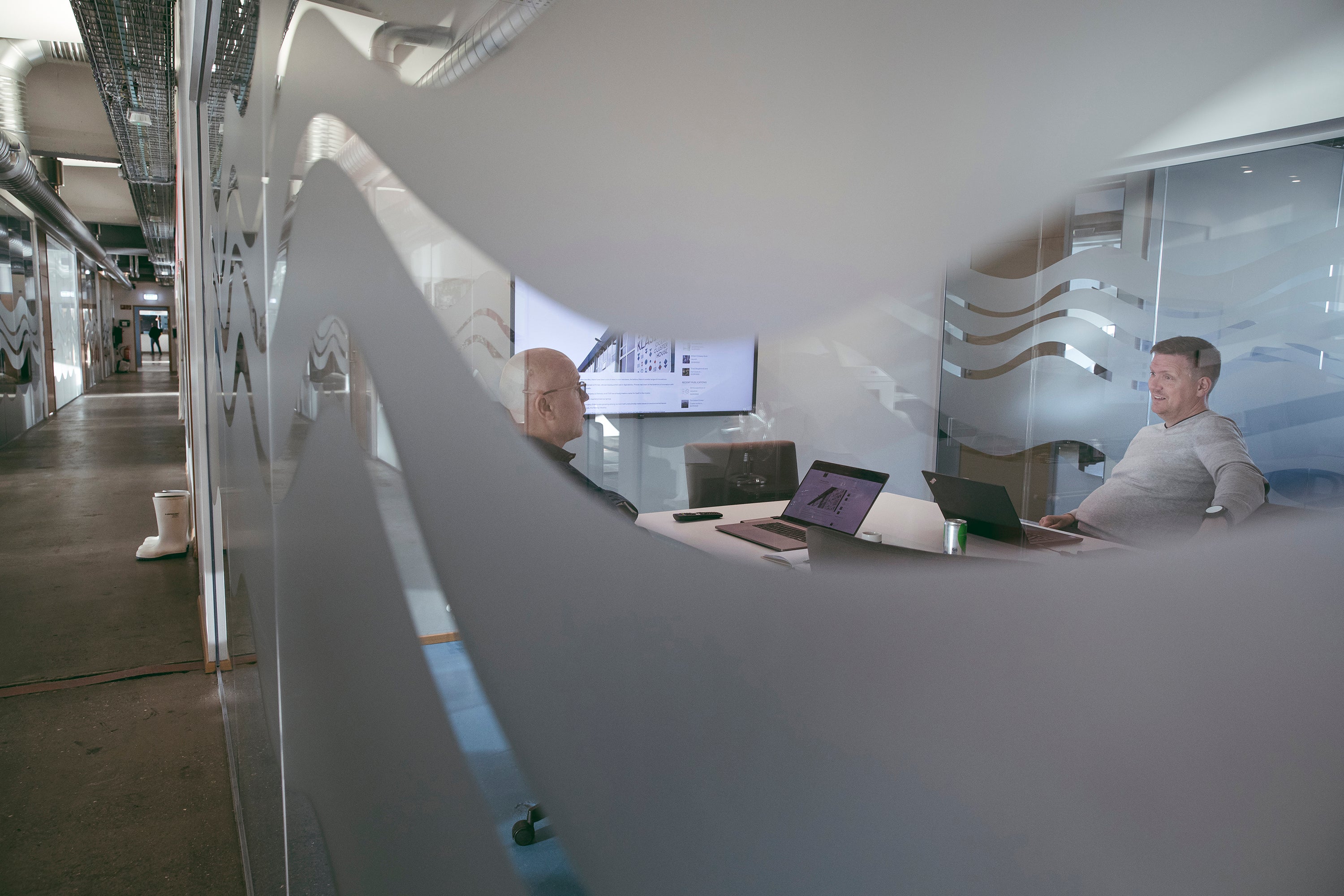
GeoSilica is not formally part of the Iceland Ocean Cluster, but the network it has fostered reflects the same collaborative approach. Abu Libdeh has worked with cluster companies and held investor meetings at its headquarters. It’s a place that founders want to be, she says, where they want to learn from each other even if they are competitors in their fields.
While there has been progress over the years, Abu Libdeh says, it’s still a challenge for women to enter this entrepreneurial space. In 2020, less than 1 per cent of investment went to women-founded start-ups, according to a recent European Women in Venture Capital report.
Halla Jonsdottir, research and development lead and co-founder of Optitog, has based her start-up in the cluster for three years. Her company is creating equipment to increase the catch area of shrimp trawls without scraping the seafloor – technology that’s meant to reduce fuel demands and CO2 emissions while protecting the ocean floor.
As a female founder in the Icelandic fishing technology industry, Jonsdottir is a rarity. Leeper believes Jonsdottir may be one of the few women working in fishing gear innovation.
Jonsdottir says the cluster helped drive her growth. “They put emphasis on making us visible in a male-driven industry.”
What began as a dozen start-ups in 2012 has now grown to more than 70 members and associated firms connected to the Iceland Ocean Cluster. Sigfusson has ignited the blue economy within Iceland, but his project’s reach has also gone global.
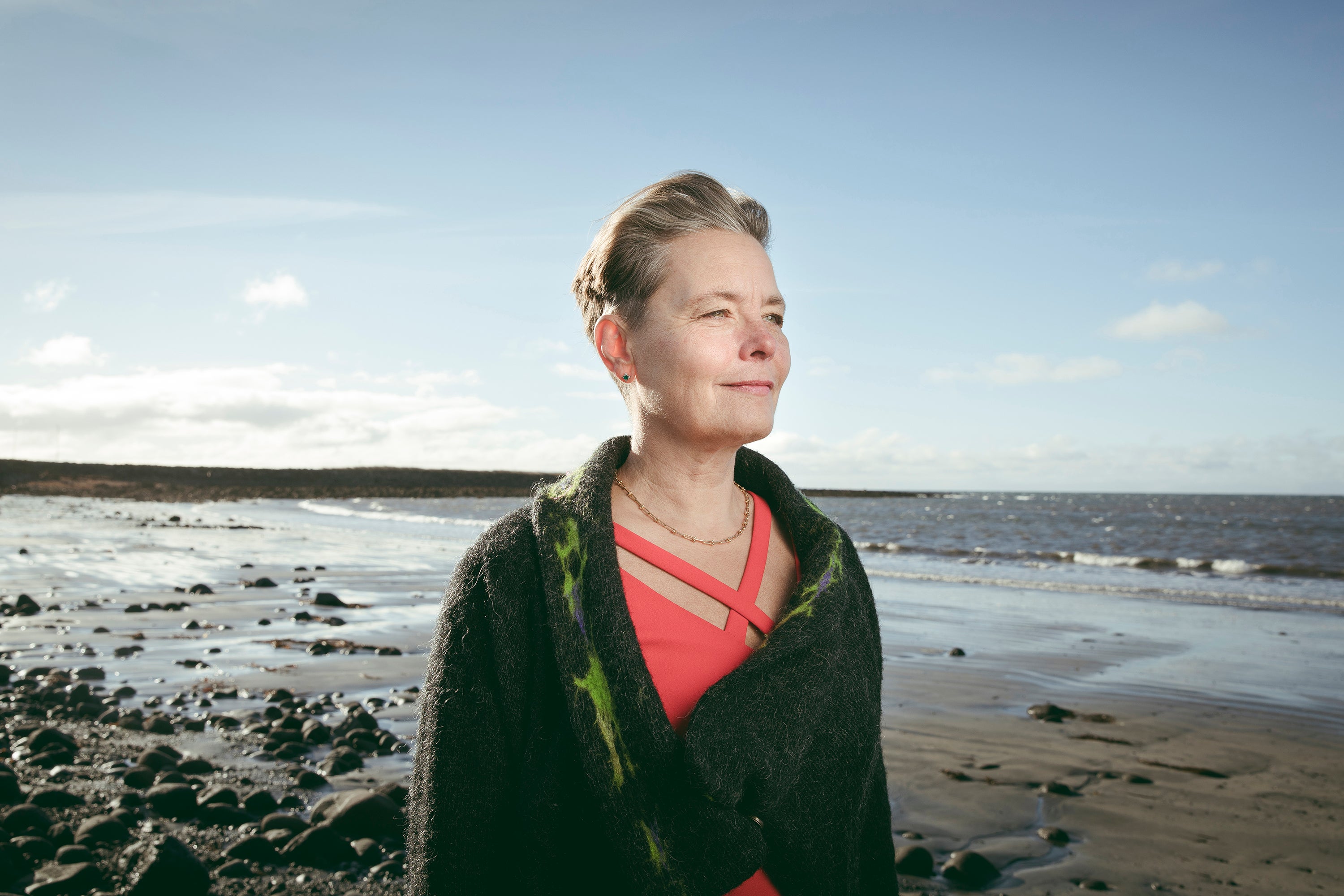
There are now four sister clusters in the United States, as well as one in Denmark and one in the Faroe Islands.
The Alaska Ocean Cluster, which was the first to follow the Icelandic model, has already accelerated policy change in the United States. Republican Senator Lisa Murkowski proposed legislation last year to create “Ocean Innovation Clusters” in major US port cities, which would provide grants along the US coastline and the Great Lakes.
“I’ve learned a great deal from our friends in Iceland who created a roadmap of innovation and public/private partnership when they established the first Oceans Cluster in Reykjavik,” Murkowski says in an email. “I’ll continue to press upon my colleagues the significance of this legislation and the promise it holds for the modernisation and resilience of our maritime economy.”
At 12.30pm on a July afternoon, the cluster’s first-floor food hall, Grandi Matholl, buzzes during a busy hour. Fish hauliers dressed in oversized, waterproof waders eat on wooden benches alongside employees in professional suits. Attached to the Matholl is Bakkaskemman, a seating area with a glass window where visitors can watch fish being unloaded off ships. Every afternoon on a business day, there’s an online auction to sell the day’s catch.
Upstairs in her office, Jonsdottir works on her trawler technology. Later in the week, Encausse will use the meeting room space to meet with investors about Iceborea.
The pungent smell of cod lingers in Bakkaskemman. It’s etched into the paint, leaking from the histories of the walls. In 30 minutes, the auction will begin.
© The Washington Post




Join our commenting forum
Join thought-provoking conversations, follow other Independent readers and see their replies
Comments